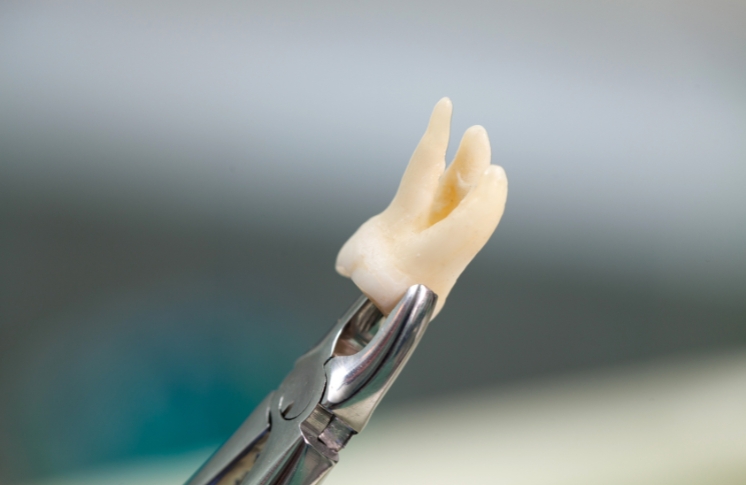
What to Expect During a Tooth Extraction: A Step-by-Step Guide

Are you afraid of a tooth extraction? Don’t be! Losing a tooth can be frightening. However, here’s the reality—dentists extract teeth every day. Therefore, it’s just a normal procedure.
Whether it’s wisdom teeth getting in the way or decay destroying your smile, tooth extraction is likely to be more relief than discomfort. The procedure is faster than you think.
Reasons for a Tooth Extraction
A decayed tooth has the ability to wreak havoc on oral health. When damage is beyond repair, tooth extractions in Chicago Heights become necessary.
Wisdom teeth often grow incorrectly. They cause pain and misalignment. Impacted teeth, stuck beneath the gums, require removal as it helps prevent infection. Overcrowded teeth can interfere with your bite and smile. Here comes the role of extractions during orthodontic treatment. Gum disease undermines the support for the teeth, sometimes leaving no alternative but extraction.
Delaying these complications causes extreme pain and problems. Having a tooth extracted on time prevents more damage. Knowing the reasons helps make better choices regarding oral health.
Preparation for the Extraction
A dentist initially assesses your oral condition. X-rays help determine how complicated the tooth is to remove. A medical history review ensures safety without complications.
In some instances, fasting is necessary, mainly if sedation is used. Medications could be altered to avoid excessive bleeding. Anxiety can occur. However, it can be controlled.
Dentists provide sedation to reduce nervousness. Deep breathing is also helpful as a relaxation method. When you consider following proper instructions, it will guarantee a smooth procedure.
Preparation makes the tooth extraction procedure predictable and stress-free. Knowing what to expect decreases fear and boosts confidence.
The Tooth Extraction Procedure: Step-by-Step
Step 1: Numbing the Area
A local anesthetic numbs the extraction area. For complicated cases, dentists apply sedation or general anesthesia. Patients remain comfortable during the procedure.
Step 2: Loosening the Tooth
Dentists employ specific tools, such as forceps and elevators, to carefully loosen teeth. This process reduces trauma to the surrounding tissues.
Step 3: Extraction of the Tooth
A straightforward extraction is the removal of an exposed tooth. On the other hand, a surgical extraction is needed for impacted teeth. It is done through small cuts and possibly bone removal.
Step 4: Stitches and Gauze Placement
Surgical extractions can involve stitches to heal well. Gauze controls bleeding and facilitates clot formation. You must adhere to dentist instructions. It will allow for maximum recovery.
Aftercare and Recovery
Cold compresses and medication relieve pain and swelling. Soft foods such as yogurt and soup prevent irritation. Steer clear of straws to avoid dry sockets, which is a sore complication.
Rinse with salt water to gently clean the area. Brushing lightly avoids infection. Excessive bleeding, pus, or sharp pain indicate you must seek immediate dental care. A quicker recovery comes when instructions on aftercare are heeded. Adhere to aftercare. It leads to a comfortable and smooth healing process.
Awareness of what to anticipate reduces the horror factor. Positive thinking aids in quicker recovery. Tooth extraction is not the horror most anticipate. It’s frequently the doorway to improved oral health.


